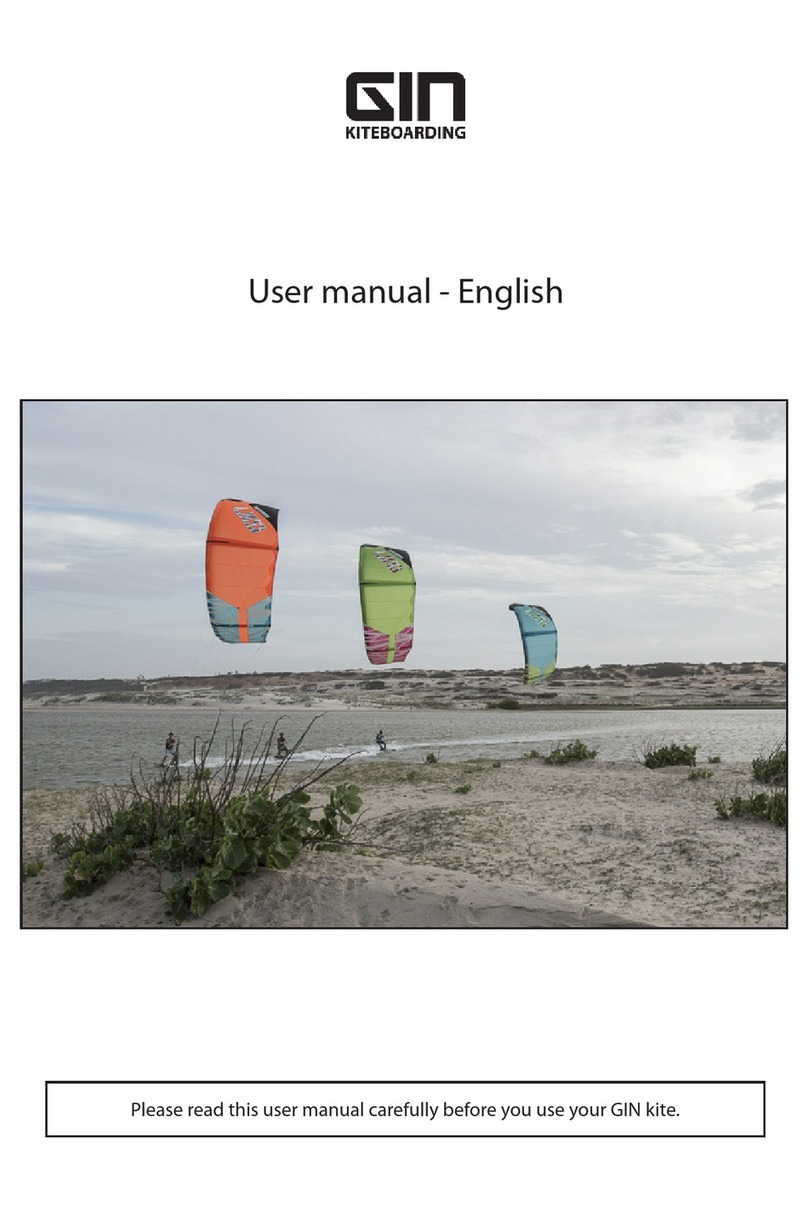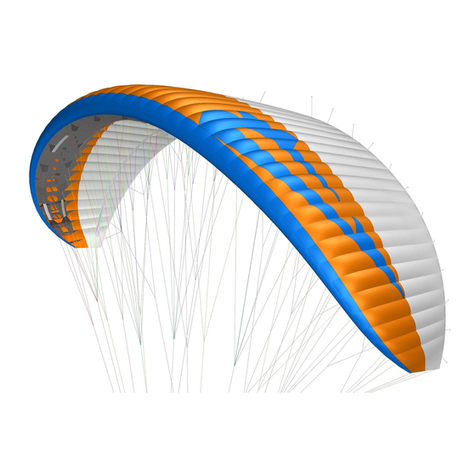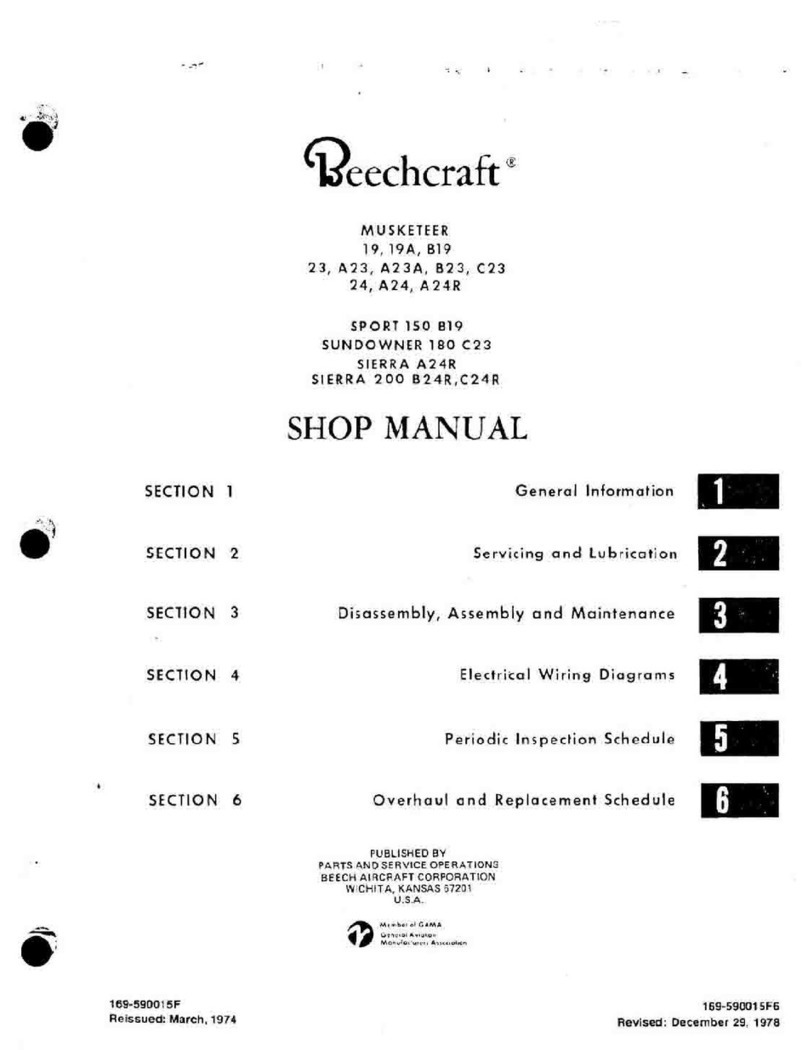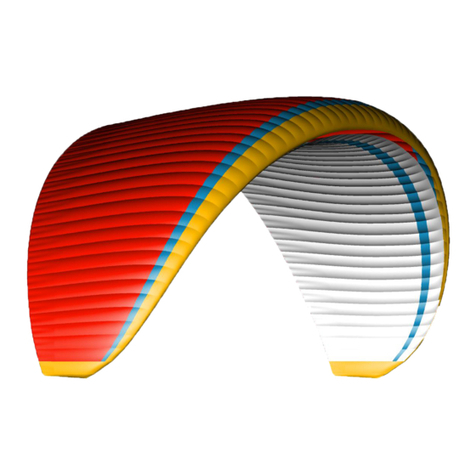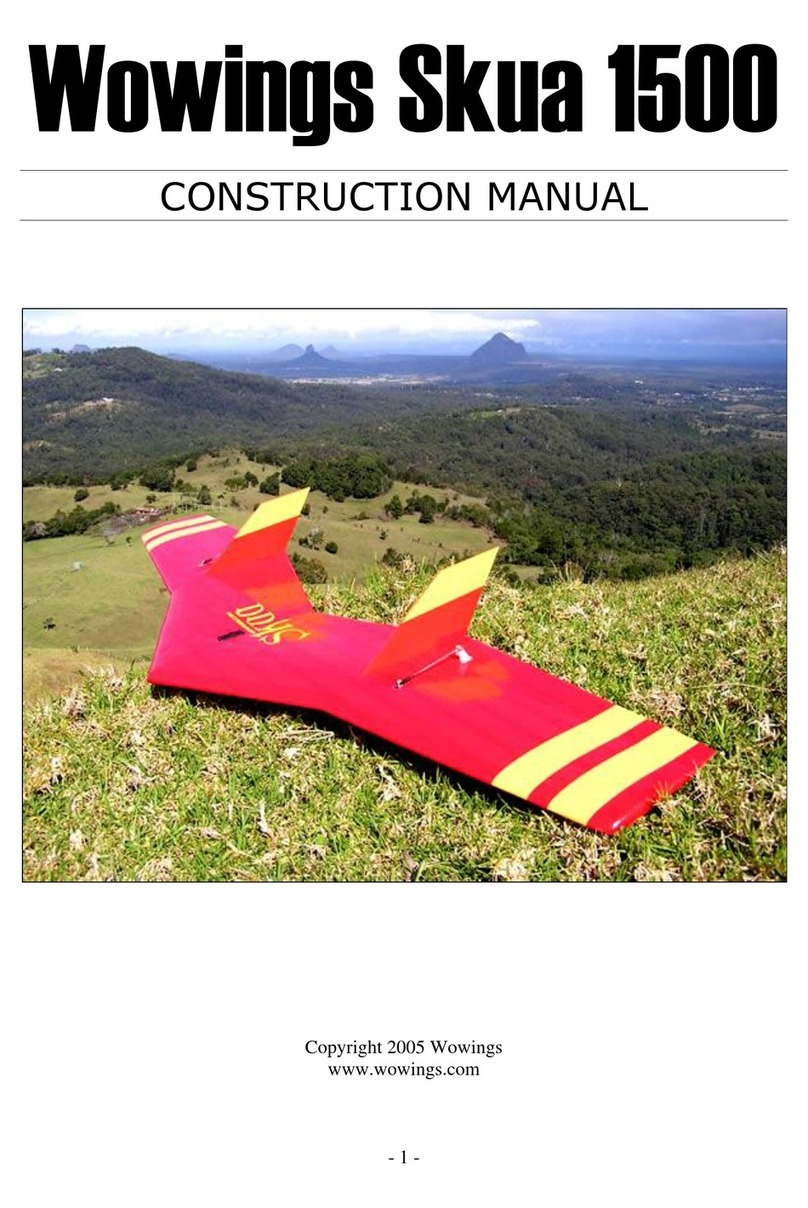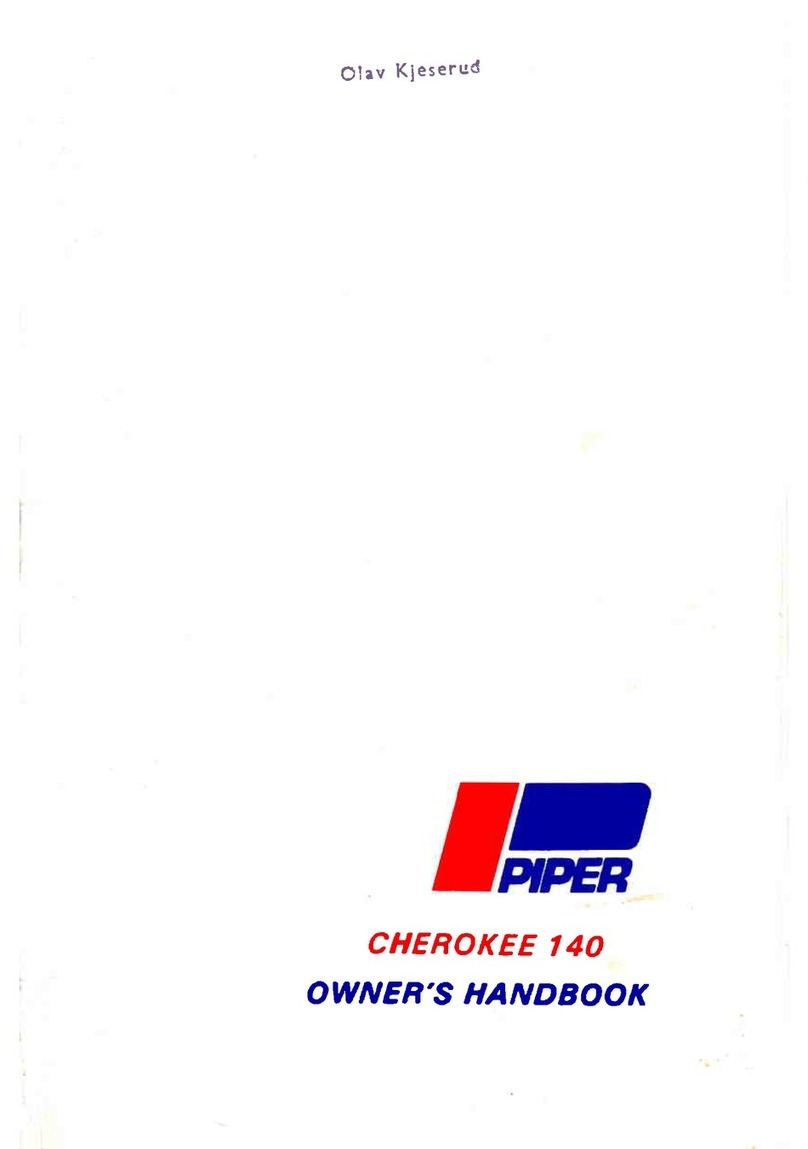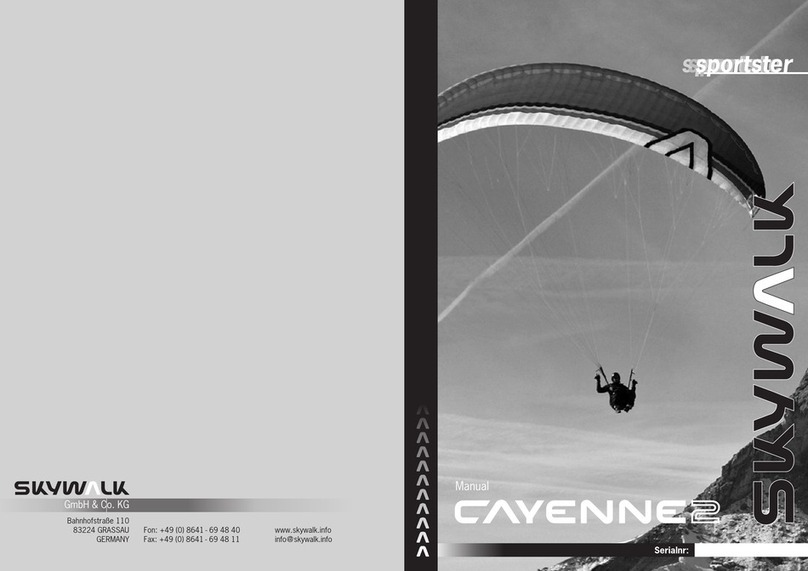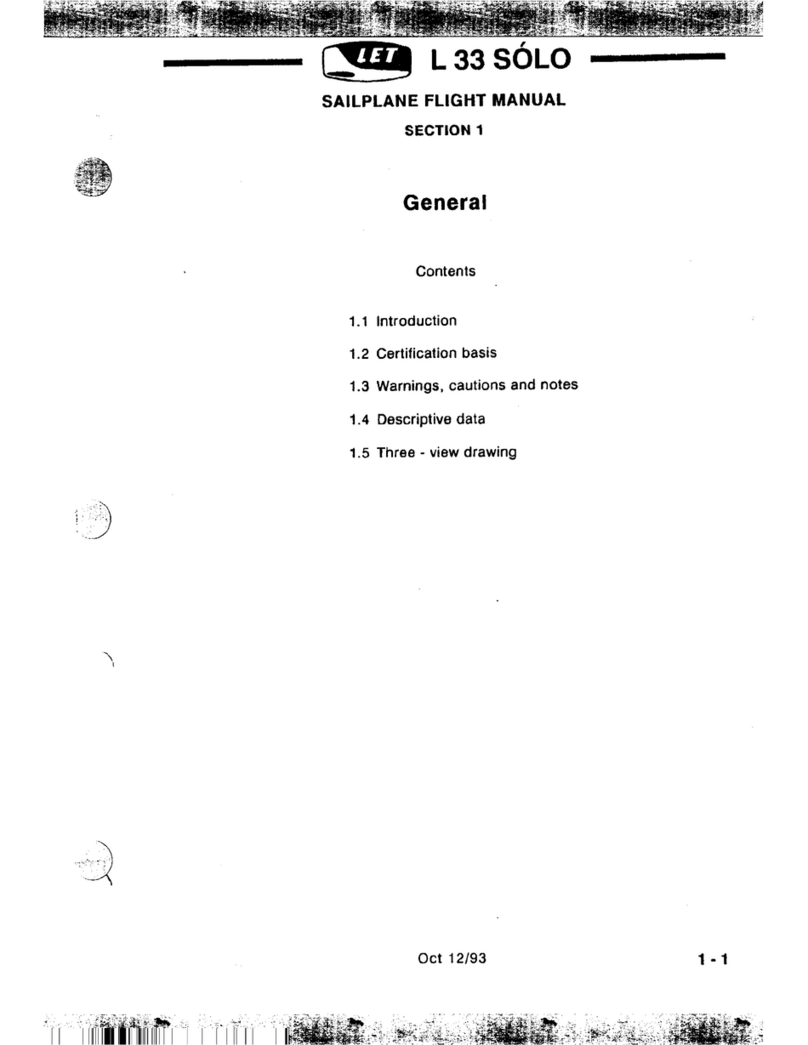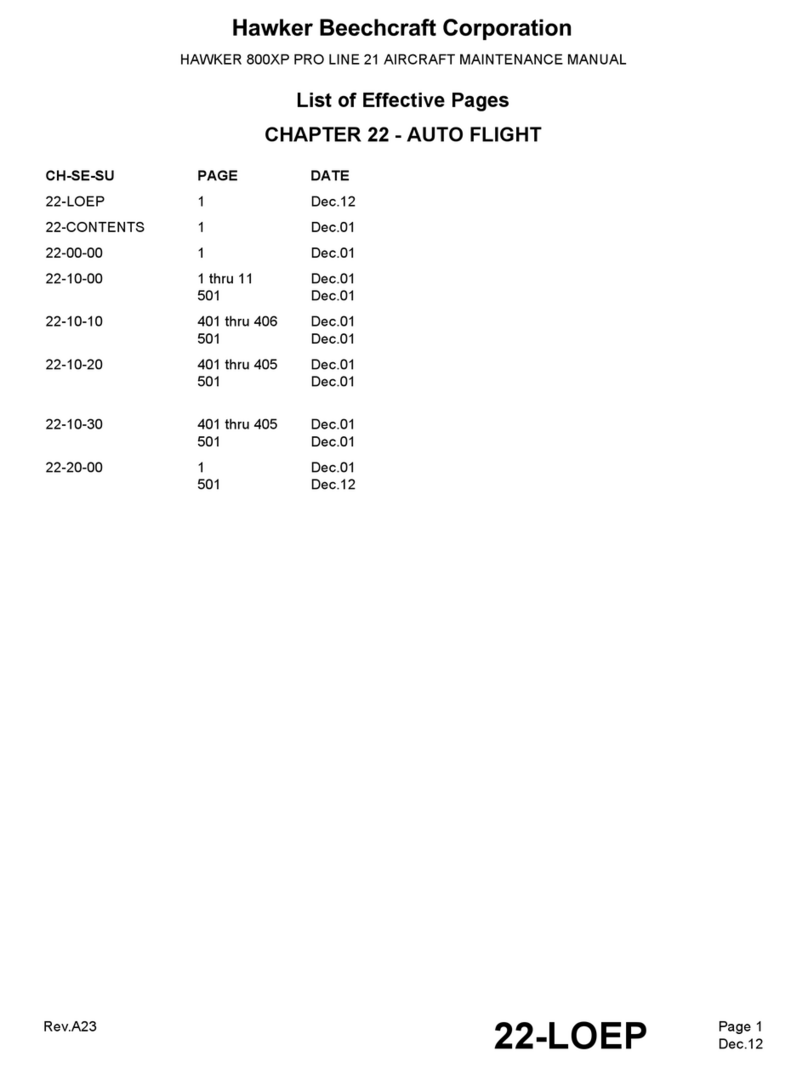GIN Kiteboarding BOOM V2 User manual

1.
BOOM V2
USER GUIDE

Taking care of your equipment 23
Warning precautions
Release weaver of claims
3
4
CAUTION
Preparation
Launching
Re-launching
Landing
Packing
Speed system maintenance
14
16
17
18
19
20
FLYING THE BOOM V2
SUMMARY
Rigging closed-cell kites
Kite plan
Bridled
Speed system
Technical data
Wind indicator
Measurements
Outline
5
6
7
9
10
11
12
13
CONSTRUCTION

3.
WARNING
PRECAUTIONS
warning
Kiteboarding can be dangerous. Make sure to get professional instructions before you go kitesurng.
Using the product requires you to be responsible for your own as well as others well-being, which includes informing subsequent users/
owners of your equipment about the risks and responsibilities involved. It is possible to suer serious injuries or even death if this product is
used incorrectly.
Safety is not only determined by the safety systems on the kite, but also by proper training, and evaluation of all the circumstances; location,
potential hazards, other people, weather, etc.
Choose a kite size based on your skill level and the wind conditions.
Before you kite, check out the spot. Consider any hazards such as obstacles, shallows, currents, and bans. If an emergency occurs, you need
to know if a rescue craft can reach you.
Never kite near people or obstacles, and always leave at least two line-lengths between you and the downwind line. It is extremely dangerous
to kite near powerlines, roads, airports, clis, etc.
Bars should have emergency release mechanisms that can be opened in an emergency. If you experience an unforeseeable emergency,
you can quickly remove your body from the gear by using a quick-release kite leash.
Lines should only be used correctly to prevent injury to yourself and others. Kite lines can cause severe cuts under tension or even burns if
grabbed by the lines.
Please read this user guide carefully before ying your kite and follow the procedures described. It should be noted that these safety
guidelines are only guidelines and do not claim to cover every possible instance.
For any questions regarding our equipment, please contact your local Gin Partner.
3.

4.
RELEASE
WAIVER OF CLAIMS
By purchasing our equipment, you agree to be a certied
kitesurfer and accept all risks associated with kiteboar-
ding activities, including injury and death. Improper use or
misuse of GIN equipment greatly increases these risks to
the user and to third parties. As a user of the GIN Kiteboar-
ding product, you freely acknowledge and accept that you
and third parties are exposed to known and unknown risks
of injury.
Under no circumstances shall Gin Kiteboarding or its
partners be held liable for personal injuries or third-party
damages. If you have any questions about how to use our
equipment, please contact your local partner.
warning 4.

5.
RIGGING
CLOSED-CELL KITES
plug and play
Leading edge
Trailing edge
Bridles
Speed system
Pulleys
Brakes
Frontline connector
Backline connector
Set up the kite, connect the lines, and enjoy !
IKA certied and registered
A B
Loop with nod
Loop
For the Boom V2, we recommend using 12-meter lines and a 55-centimeter bar. There is about 15 cm of length dierence between power and
steering line. Avoid touching the breaks as it alters the kite’s performance. For larger sizes (18 and 21), release 1 knot from the breaks.

6.
KITE PLAN
BOOM V2
CONSTRUCON

7.
BRIDLE
BOOM V2 - 8M to 10M
MAIN - A (LEADING EDGE)
MAIN - B (SECOND ROW)
MAIN - Br (BRAKES)
CONSTRUCON

8.
BRIDLE
BOOM V2 - 11M to 21M
MAIN - A (LEADING EDGE)
MAIN - B (SECOND ROW)
MAIN - Br (BRAKES)
CONSTRUCON

9.
SPEED SYSTEM
BOOM V2
A B
540mm
240mm
125mm
Loop with nod
Loop
main brake
400mm
610mm
1000mm
150mm (red/blue)
Boom V2 Riser
Total length:
650mm
Total length:
165mm
Dyneema 3mm / 500kg
CONSTRUCON

10.
TECHNICAL DATA
BOOM V2
7.3
8M2
59
8
1.69 KG
12 - 35
7.8
9M2
59
9
1.78 KG
11 - 34
8.3
10M2
59
10
1.93 KG
10 - 30
8.7
11M2
67
11
2.25 KG
9 - 28
9.6
13M2
67
13
2.54 KG
8 - 25
10.5
7 - 22
15M2
67
15
2.75 KG
11.6
6 - 18
18M2
67
18
3.15 KG
12.6
5 - 14
21M2
67
21
3.55 KG
ASPECT RATIO
WIND RANGE FOIL
CELL NUMBER
AREA
FABRIC WEIGHT
SIZE
COLOR
Wind range is expressed in knots. Wind ranges are provided for your information and vary from rider to rider. It depends on your level, weight and board. Additionally,
you should choose your kite based on the weather conditions, the aerodynamic situation and the overall quality of the spot and its level of safety. You can get an idea
of the conditions by checking out the other kites and their sizes.

11.
instinct hb
WIND INDICATOR
FORCE
0
1
2
3
4
5
6
7
8
Calm: smoke rises vertically
Light air
Light breeze
Gentle wind
Moderate wind : leaves in motion, light ags extended
Fresh wind : small trees begin to sway
Sand blows on the beach
White-capped waves
Gale, trouble walking
DESCRIPTION
KNOTS
<1
1-3
4-6
7-10
11-16
17-21
22-27
28-33
34-40
KM/H
<1
1-5
6-11
12-19
20-28
29-38
39-49
50-61
62-74

12.
MEASUREMENTS
BOOM V2
CHECK
A kite must be set up as intended in order to perform.
To check a kite, all the lines should be measured in their total length. With the
help of a laser, each line can be measured with 5 kg of resistance with a tole-
rance of 5mm. It is very important for the kite to be symmetrical !
TRIM
The kite can only be trimmed with the length of the lines or with its speed system.
We recommend not to shorten the As or Bs, as the kite will not come faster, nor
go any further.
Pulling the Bs, the kite comes in a more stable way but goes less far in the window.
Pulling the brakes, the kite stalls less quickly, but when pulling too much, the
reex of the prole already at the ready is taken away.
The distribution of the brakes on the trailing edge can inuence downwind per-
formance and handling.
instructions 12.

13.
OUTLINE
RAM AIR KITES
CONSTRUCON
We normally use reex proles, which means that the leading edge
rises slightly, for the simple reason, that these proles are self-
stable and will not look for negative angles.
The brakes act on the trailing edge and if they are pulled, the reex
will disappear and the kite will look further ahead with the risk of
a frontal collapse. This picture shows when the brakes are pulled.
With the speed system and the length of the brakes (except the mono lines), we can change the angle of the aps, which gives us a more
or less hollow prole for the down Wind. The dierence is noticeable in forces acting on the prole with 10° of incidence.

14.
fly the BOOM V2
Prior to your session, check the conditions (area,
environment, direction, gusts, gear, ...)
PREPARATION
Lay the kite out 90° to the wind. Fold over the
wingtip and secure it
On the trailing edge side of the kite, place the bar
far enough from all the bridle lines.
Make sure that the bridles are free of tangles and
that the pulleys arent jammed. Connect and test your quick-release system.
Ensure that your ying lines are correctly connec-
ted and that you are clear of any potential risks.
Make sure there are no damages or knots.

15.
PREPARATION
5-POINT CHECK
Is my personnal equipment correct and adapted ?
(Helmet, harness, impact vest, wetsuit, ...)
Is the kite correctly set up and connected ?
Are the lines untangled ?
Does the weather allow for a safe ride ?
Is the launch area clear and safe ?
BOOM V2 15.

16.
Close the deate valve.
LAUNCHING
The kite must be positioned at the edge of the
ying window, generating a small tension on the
lines.
Pre-inate the kite up to half way in the sky, espe-
cially in strong wind. If needed, an assistant can
hold your back in strong wind.
Start pulling up the kite slowly and walking
downwind to the kite.
SELF-LAUNCH
Put the kite up to the zenith and check that every-
thing is correctly set up.
fly the BOOM V2

17.
Grab one back line and pull it towards you so
the kite starts to peel to the side, until the kite
launches at the edge of the wind window.
RE-LAUNCHING
Put your hand back on the bar as soon as the lea-
ding edge of the kite points up.
Ensure that the bar is facing the right way, grab
the back lines and pull. When pulling the back
lines, your kite should reverse.
Your kite should be on one wingspan above the
water, let go of one of the back lines and hold the
other one.
The kite will now rotate. Put your hand back on
the bar as soon as the leading edge of the kite
points up.
ONE-LINE LAUNCH
REVERSE LAUNCH
When pulling up the kite, the drainage
system on the wingtip will ensure the
water ows out of the tip.
fly the BOOM V2

18.
LANDING
WITH ASSISTANCE
SELF-LANDING
Secure the kite.
fly the BOOM V2
Find an assistant to help you land your kite in a
clear area. Use the international signal to instruct
your helper to land the kite by catching the wingtip.
He must be standing at the edge of the window,
upwind of the kite.
After the helper has taken the kite, walk towards
him to release the tension on the lines. The kite
will ag out downwind of the helper.
Secure the kite with some sand or something that
wont damage the kite.
Hold both back lines simultaneously until the kite
stalls and ies backwards. Dont release the back
lines until the kite is fully landed.
Backstalling should only be performed
in light winds

19.
fly the BOOM V2
PACKING
YOUR BOOM V2
To ensure the longevity of the leading edge reinforcements, it is very important to pack the kite carefully. Fold up the Boom V2 as shown in the pictures below. With
that method of packing, the leading edge is treated carefully, which will increase the kites life, performance and launch behavior. If the sails are not folded as ex-
plained, the kites can lose their guarantee.

20.
SPEED SYSTEM
The speed system (or mixer) should be replaced as soon as you detect any sign of malfunction or destruction on the pulleys or the lines. The spare part lines and
the pulleys should be replaced after 200 hours of use. Before changing your speed system, make sure you are in a quiet place and sheltered from the wind. Always
change one side at a time and use the other side as a template for how the mixer should look like.
maintenance
Lines A, B & brake must not move!
Open the speed system package, check that there are no missing parts (9 pieces), and overlap them with
your old speed system.
Disconnect the front and rear pigtails.
Start by disconnecting the front connection (A)
by removing the loop heads.
Disconnect the rest of the speed system and iden-
tify the parts to be changed. Replace worn parts.
DISASSEMBLY
SET UP AND PREPARATION
Table of contents
Other GIN Kiteboarding Aircraft manuals
Popular Aircraft manuals by other brands
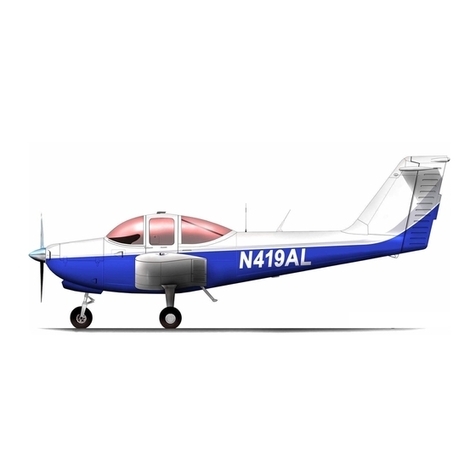
Piper
Piper TOMAHAWK Pilot's operating handbook and faa approved airplane flight manual

Cessna
Cessna 182S Skylane Pilot operating handbook

Van's Aircraft
Van's Aircraft RV-7 Flight manual

Cessna
Cessna 172R Operating handbook
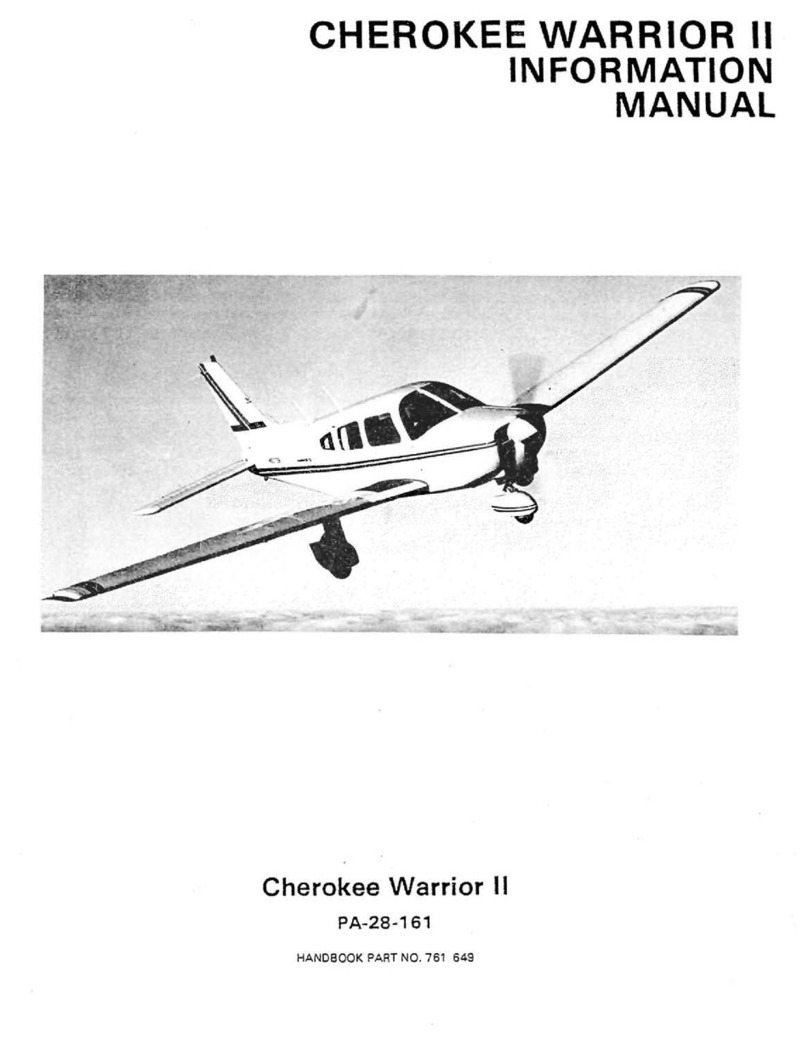
Piper
Piper CHEROKEE WARRIOR II Information manual
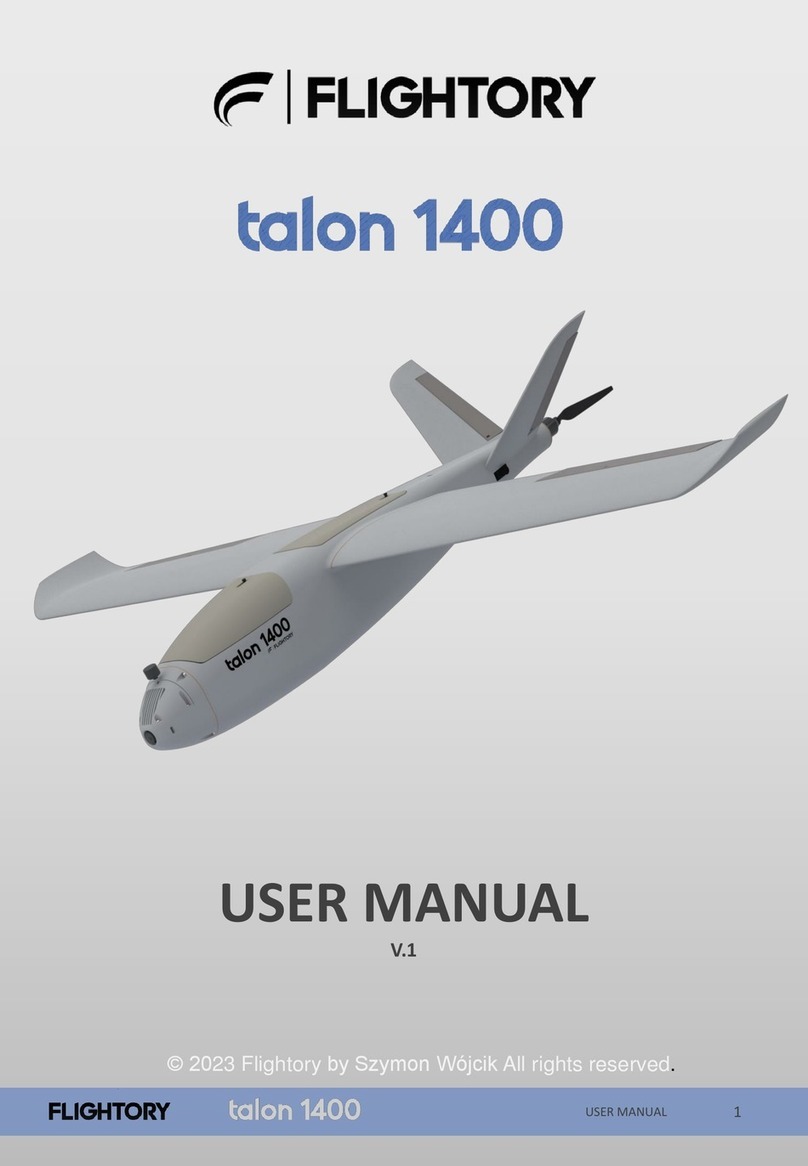
FLIGHTORY
FLIGHTORY talon 1400 user manual
